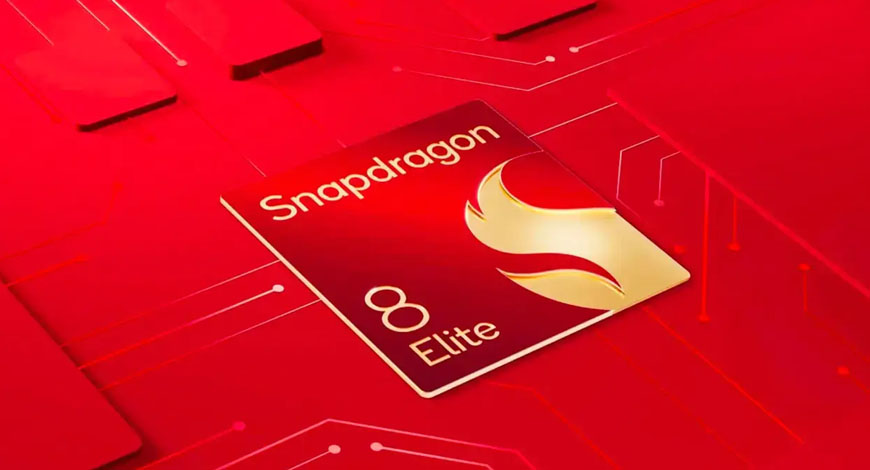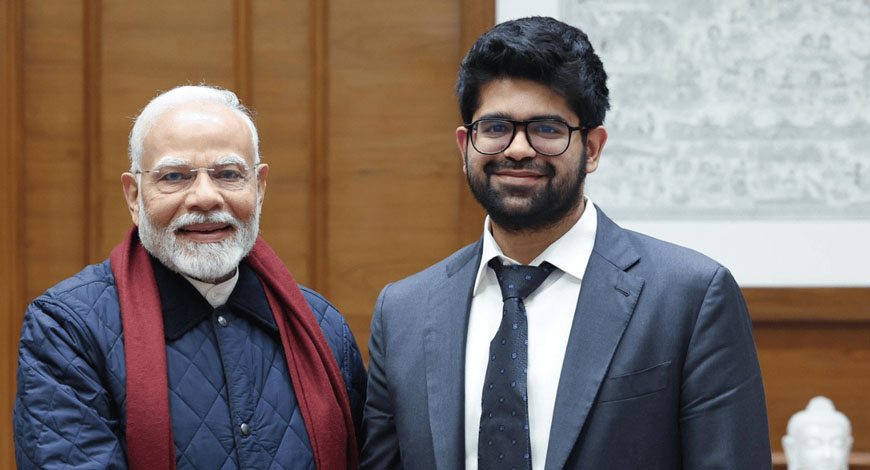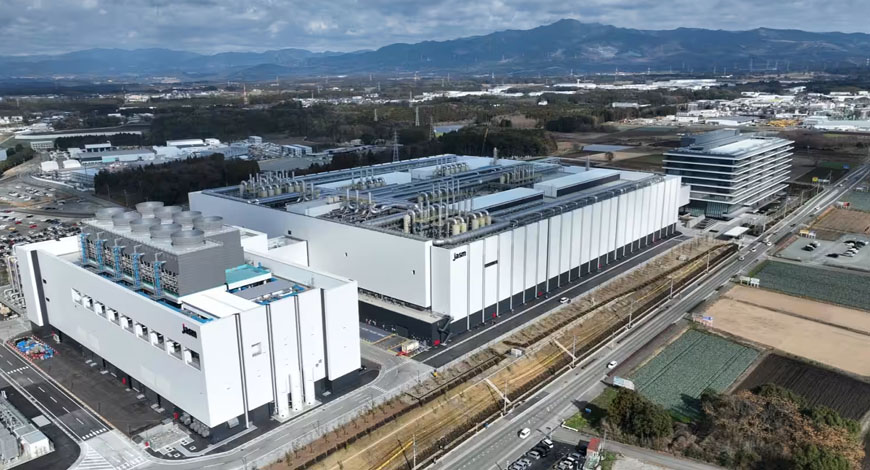Samsung faces the challenge of balancing improvements in its foundry business with the demands of its smartphone division. The company’s ability to navigate these complexities will be crucial for maintaining its leadership in both the semiconductor and smartphone markets.
Samsung Foundry has once again failed to secure a contract from Qualcomm for the production of its latest flagship mobile processor, the Snapdragon 8 Elite Gen 2. This setback marks another chapter in Samsung’s ongoing struggle to compete with industry leader TSMC, which has been awarded the entire manufacturing contract for the upcoming chip.
The decision comes at a critical juncture for Samsung Foundry, which has been grappling with low yield rates in recent months. However, there are signs of improvement on the horizon. The company recently stabilized its 3nm production process, achieving acceptable yield rates, and is simultaneously pushing forward with the development of even more advanced 2nm chips. Samsung also has ambitious plans to produce 1.4nm chips by 2027.
Despite these advancements, Qualcomm’s choice to partner exclusively with TSMC for the Snapdragon 8 Elite Gen 2 reflects the current state of the industry. TSMC’s proven track record and reliability likely outweighed any potential cost savings that Samsung might have offered. This decision is particularly impactful given the widespread adoption of Snapdragon SoCs in flagship smartphones.
The loss of this contract doesn’t spell the end for Samsung Foundry’s aspirations. The company is expected to make another bid for the production of the Snapdragon 8 Elite Gen 3 when it enters development. To improve its chances, Samsung will need to successfully fulfill orders from other clients and further improve yield rates.
This development coincides with reports of a significant price increase for the Snapdragon 8 Elite Gen 2, which could lead to higher costs for premium smartphones, including Samsung’s Galaxy series. This situation presents a dilemma for Samsung’s mobile division as it may need to consider alternative strategies to maintain competitive pricing.
One potential solution could involve reviving Samsung’s in-house Exynos chip line for future Galaxy devices, such as the S26 series. This move could help offset the impact of rising Snapdragon prices.
Alternatively, Samsung might explore partnerships with other chip manufacturers like MediaTek or make compromises in other components such as displays and cameras to offset increased processor costs.
Despite these challenges, industry experts anticipate that Samsung’s upcoming Galaxy S25 series will remain among the top smartphone choices in 2025. The company’s strength in other areas of mobile technology should support its operations as it continues to refine its foundry capabilities and chip production processes. Tech Spot









